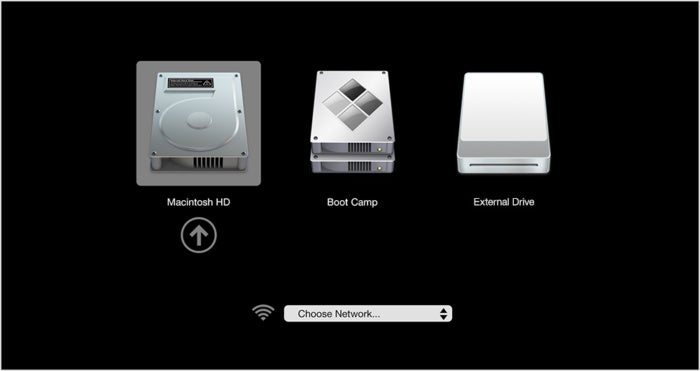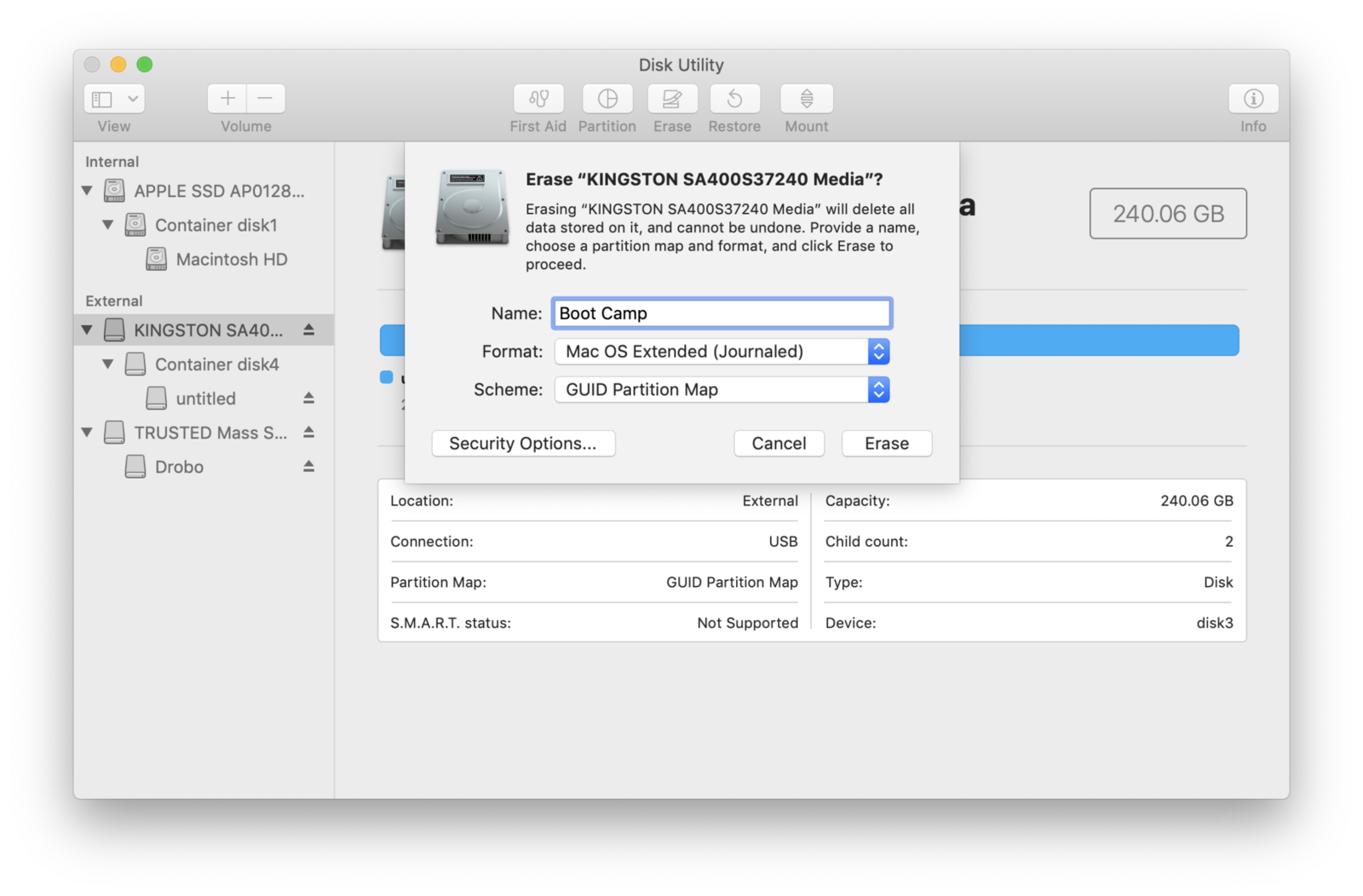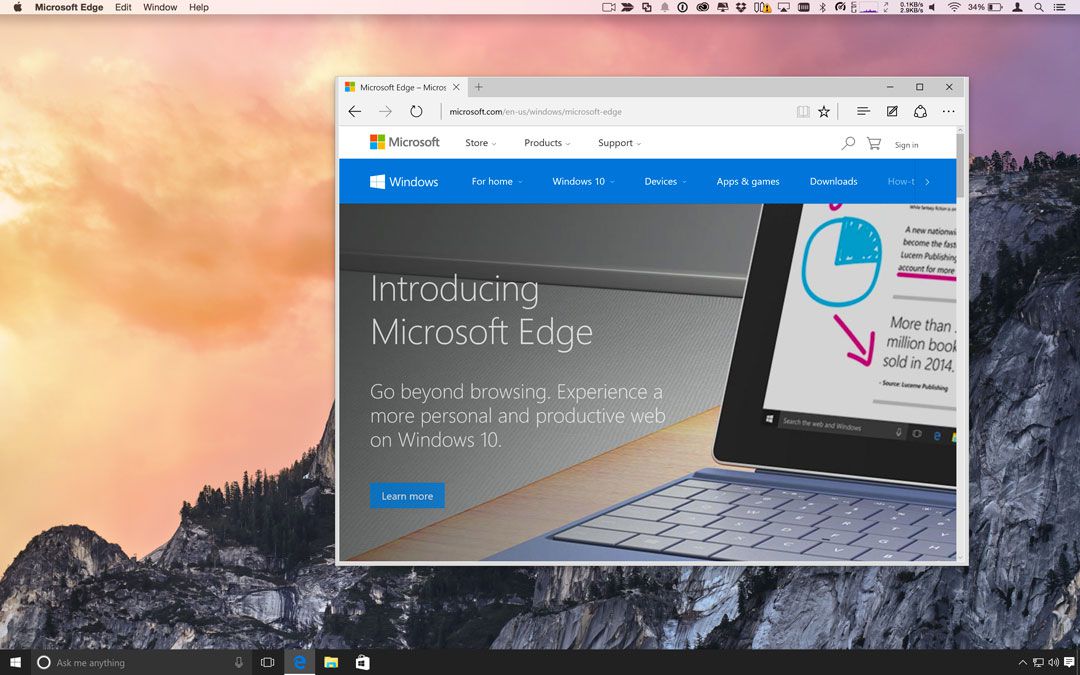


I actually used Parallels to virtualize my Boot Camp partition. However, I went a slightly different route. You insert the DVD or the ISO, perform some initial configuration and run the Windows installer. The Windows 7 installation procedure is fairly straightforward in both Boot Camp and Parallels Desktop 7. I think that's quite a killer feature for IT pros: Getting all of these OSes to run on a Mac is torture, so in terms of OS support and pure simplicity, Parallels just blows Boot Camp away.
#Boot camp for mac os install#
In fact, a built-in downloader allows you to grab the respective ISOs and install them automatically. Parallels supports Chrome OS, Linux and even the Windows 8 Developer Preview, which makes it a full-blown virtual PC solution and not just a way of running Windows on your Mac. Parallels Desktop 7, however, fully supports Windows XP, Vista and Windows 7. I can imagine this being a deal breaker for some companies. In both cases, that also excludes the price of a Windows 7 license, which you'll need! So, if you're adding Windows 7 Home Premium to the mix, think at least $99 (for the system builder DVD) of additional charges for the privilege of running Windows on your Mac.īoot Camp doesn't support Windows XP or Vista, so if you're going the Boot Camp route on OS X Lion, you're basically stuck with Windows 7. Parallels, on the other hand, charges you $79.99 ($49.99 for upgrade) for its Mac virtualization product. Here's what I found: Pricing and installationīoot Camp is free and pre-installed on every Mac (post 2006).
#Boot camp for mac os mac os x#
After having some severe performance issues with running Windows 8 Developer Preview under Parallels, I decided to use Windows 7 Ultimate SP1 under Mac OS X Lion for my test. These claims, coupled with enhanced support for USB, networking and sound cards (7.1 surround sound in a virtual machine), made me curious.Ĭan I run my Windows applications under Lion on Parallels Desktop 7 with no compromise? Can I run it all day?įor this shootout, I took the plunge and used Parallels Desktop 7 for over four weeks. The company also claims that Parallels Desktop 7 runs 45% faster using Windows 7 and 60% faster on 3D-accelerated applications (games, rendering, etc.) than before. They also made a big promise of running Windows " without compromising performance".
#Boot camp for mac os full#
And they didn't exactly play small: Parallels promised not just the full-blown Lion support (Launchpad, full screen mode, Mission Control) and the ability to run Mac OS X Lion as a guest machine. It was only a couple of days after that article went live that Parallels came out with version 7 of their "Parallels Desktop".

In part 1 of my Running Windows on a Mac series, I made it very clear that virtualization solutions such as Parallels or VMware Fusion are merely a compromise for anyone who needs to get serious work done or has to spend several hours in full-screen Windows.Īnd I didn't just base that on my past experience with virtualization, but also one some benchmarks Ed Bott performed this summer.


 0 kommentar(er)
0 kommentar(er)
